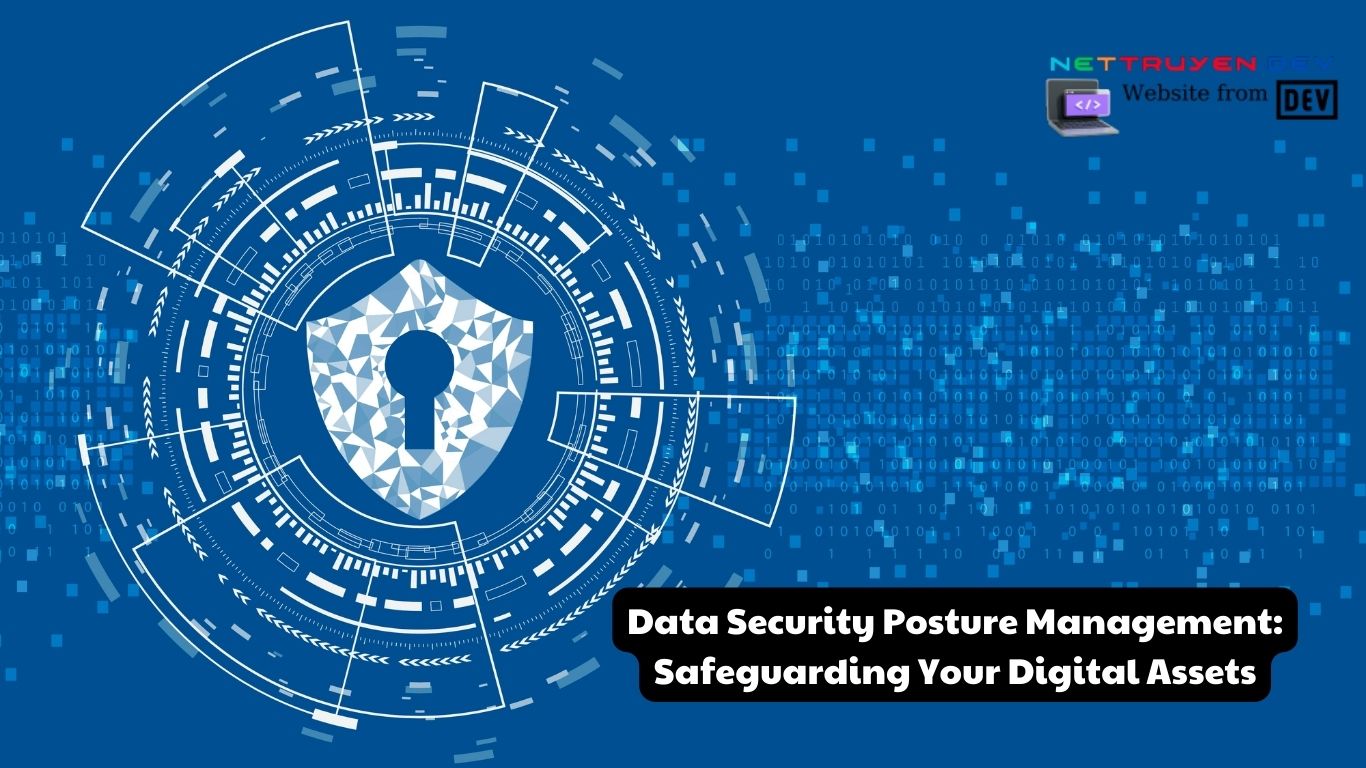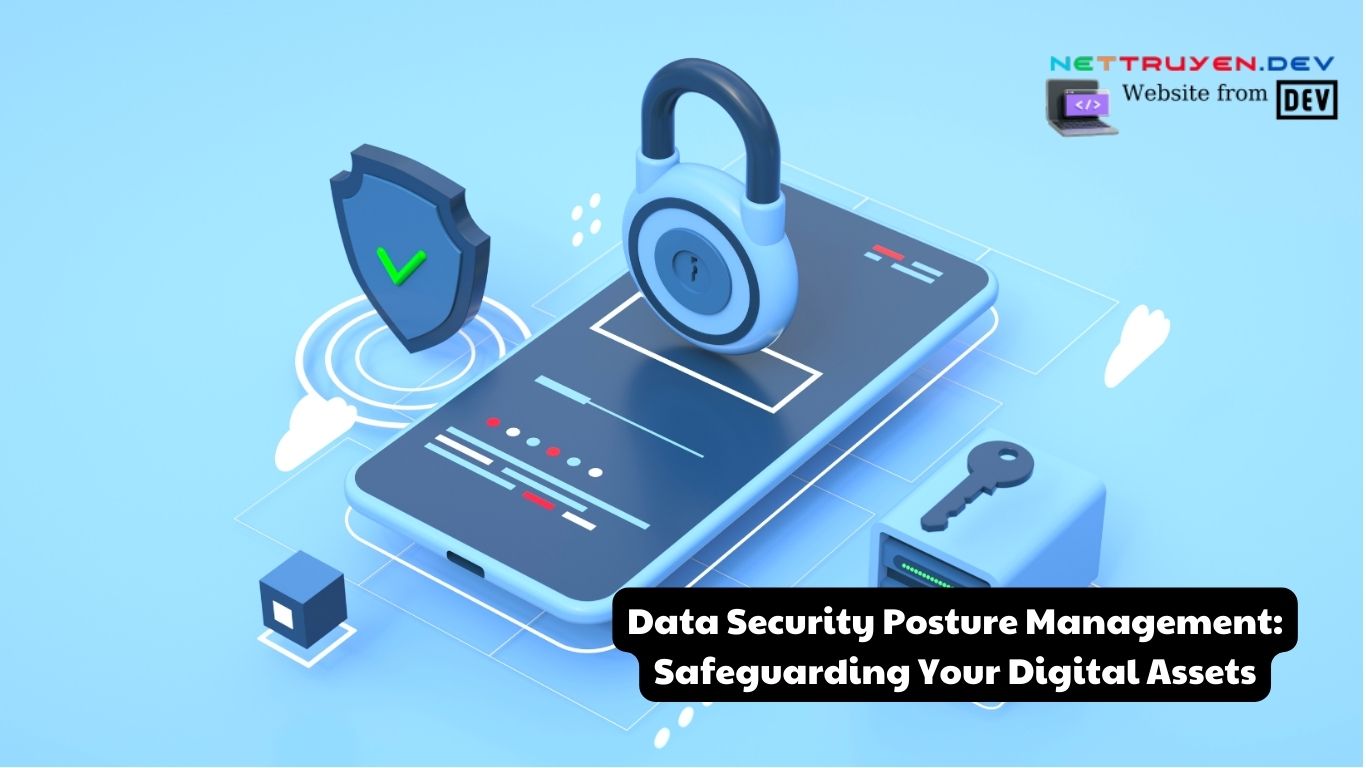Data Security Posture Management: Safeguarding Your Digital Assets

The security of sensitive data has grown to be a top priority for both individuals and companies in the current digital era. Establishing strong procedures to protect digital assets is crucial given the complexity of cyber attacks. Data security posture management, which includes a wide range of procedures and methods intended to guarantee the confidentiality, integrity, and availability of data, is one such strategy and Nettruyen shall discuss the idea of data security posture management and its relevance in protecting your priceless digital assets in this article.
Understanding Data Security Posture Management

Data security posture management refers to the proactive and continuous assessment of an organization’s security posture, focusing on identifying vulnerabilities, implementing controls, and monitoring systems to protect against potential threats. It involves a combination of technical solutions, policies, procedures, and employee awareness to ensure the overall security of an organization’s data infrastructure.
The Importance of Data Security Posture Management
- Protecting Confidential Information: With the increasing frequency of data breaches and cyber-attacks, organizations must prioritize the protection of confidential information. Data security posture management provides a systematic approach to identify and address vulnerabilities, reducing the risk of unauthorized access and data theft.
- Ensuring Compliance: Many industries are subject to regulatory requirements regarding data protection and privacy, such as the General Data Protection Regulation (GDPR) in the European Union. By implementing robust data security posture management practices, organizations can ensure compliance with these regulations and avoid potential legal and financial consequences.
- Mitigating Risks: Proactive identification and mitigation of security risks is essential to prevent data breaches and other cyber incidents. Data security posture management enables organizations to assess their vulnerabilities, implement appropriate controls, and continuously monitor their systems to detect and respond to potential threats in a timely manner.
Components of Data Security Posture Management

- Risk Assessment: Conducting a comprehensive risk assessment is a fundamental step in data security posture management. This involves identifying potential threats, assessing their likelihood and impact, and prioritizing risk mitigation efforts.
- Security Controls: Implementing robust security controls is crucial for protecting digital assets. These controls may include firewalls, intrusion detection systems, encryption, access controls, and security awareness training for employees.
- Incident Response Planning: Developing an incident response plan is essential to minimize the impact of security incidents. This plan outlines the steps to be taken in the event of a data breach or cyber-attack, including containment, investigation, communication, and recovery.
- Continuous Monitoring: Regular monitoring of systems and networks is critical to detect any potential security incidents or vulnerabilities. This may involve the use of security information and event management (SIEM) tools, intrusion detection systems, and log analysis.
- Employee Education and Awareness: Employees play a crucial role in maintaining a strong data security posture. Training programs should be implemented to educate employees about best practices, security policies, and how to recognize and respond to potential threats such as phishing attempts or social engineering attacks.
Best Practices for Data Security Posture Management
- Regular Vulnerability Assessments: Conduct regular vulnerability assessments to identify weaknesses in your systems and applications. This helps in prioritizing security patches and updates to mitigate potential risks.
- Strong Access Controls: Implement strong access controls, including strong passwords, multi-factor authentication, and role-based access management. Limit access privileges to only those employees who require them for their job responsibilities.
- Data Encryption: Encrypt sensitive data both at rest and in transit. This ensures that even if the data is compromised, it remains unreadable without the encryption keys.
- Patch Management: Regularly apply security patches and updates to all software and systems to address known vulnerabilities. Unpatched systems are often targeted by cybercriminals.
- Security Awareness Training: Educate employees about security best practices, the importance of data protection, and how to recognize and report potential security incidents. Regularly reinforce these training programs to keep security awareness high.

Conclusion
In an era where data breaches and cyber threats are on the rise, data security posture management has become a crucial aspect of protecting digital assets. By adopting a proactive and comprehensive approach to data security, organizations can safeguard their valuable information and maintain the trust of their stakeholders. Through risk assessments, robust security controls, continuous monitoring, and employee education, data security posture management helps mitigate risks, ensure compliance, and respond effectively to potential security incidents. By prioritizing data security posture management, organizations can fortify their defenses and stay one step ahead in the ever-evolving landscape of cybersecurity.
Conclusion: So above is the Data Security Posture Management: Safeguarding Your Digital Assets article. Hopefully with this article you can help you in life, always follow and read our good articles on the website: nettruyen.dev




